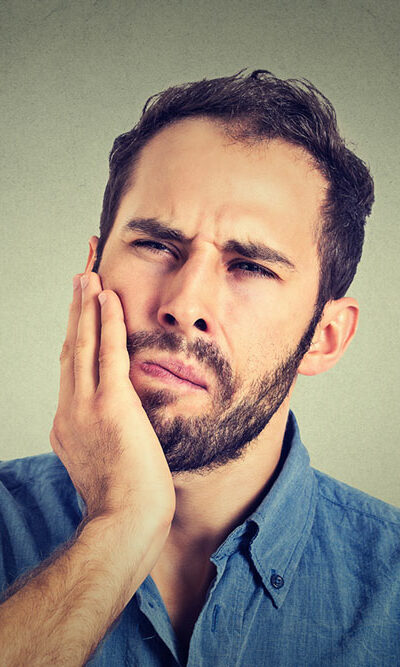
Symptoms, Causes, and Complications of Huntington’s Disease
Huntington’s disease results in the brain nerve cells’ progressive degeneration or breakdown. It is a hereditary disease and adversely affects your functional abilities. Psychiatric, cognitive and movement disorders can be associated with this disease. The symptoms of this disease normally develop in the 30s or 40s of the life of an individual. If you develop this disease prior to 20 years of age, it is known as juvenile Huntington’s disease. This type of early occurrence causes different kinds of symptoms and speedy progression of the disease. Major symptoms In addition to psychiatric, cognitive and movement disorders, this disease has many other symptoms. The first symptom that manifests depends on the unique condition of the affected person. As the disease progresses, certain disorders become more dominant and they create more impact on the functional ability. Movement disorders When it comes to movement disorders, there are two types of problems and they include voluntary movement impairments and involuntary movement issues. Some of the most prominent disorders under these categories are muscle problems like dystonia or muscle rigidity, unusual eye movements, impaired balance, posture and gait, speech production or swallowing related difficulty, chorea and involuntary impairments that make it really difficult for a person to perform daily activities and communicate. Cognitive disorders The most common cognitive impairment problem connected with this disease is the difficulty of focusing on tasks, organizing and prioritizing. The affected people often lose the flexibility to get stuck on a thought and they also lose the natural tendency to focus on an action. Sexual promiscuity is another cognitive disorder and the patients lose the control over the impulses that lead to outbursts. These people are not aware of their own abilities and behaviors and they often find it extremely hard to learn new information. Another cognitive disorder that affected people experience is the slowness in processing thoughts.










